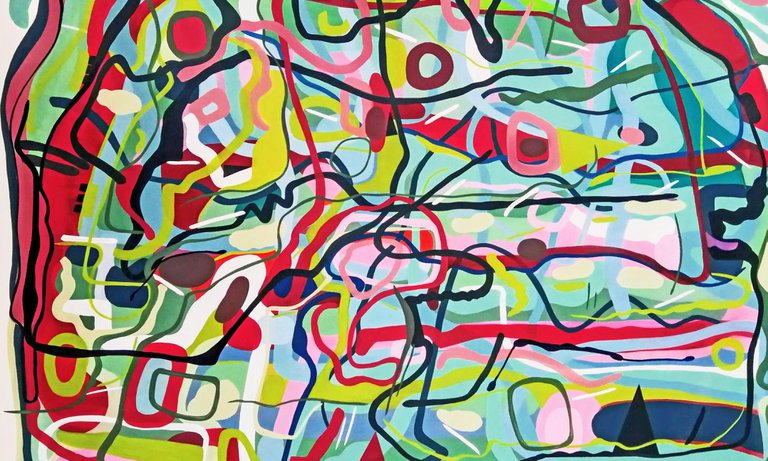Content
A common contemporary criticism of some modern art occurs along the lines of objecting to the apparent lack of skill or ability required in the production of the artistic object. In conceptual art, Marcel Duchamp’s “Fountain” is among the first examples of pieces wherein the artist used found objects (“ready-made”) and exercised no traditionally recognised set of skills. Tracey Emin’s My Bed, or Damien Hirst’s The Physical Impossibility of Death in the Mind of Someone Living follow this example and also manipulate the mass media. Emin slept in her bed before placing the result in a gallery as work of art. Hirst came up with the conceptual design for the artwork but has left most of the eventual creation of many works to employed artisans.

- As with all artistic practices there too have been other underlying issues influencing the works of art of this category, the majority of which are political and cultural causes.
- This gets into the debate over whether or not Vermeer employed a pre-photographic device called a camera obscura to create the image.
- As is the case with many modern movements in art, there were several different wings to the New Objectivity movement.
- The art of ancient and medieval Central Asia reflects the rich history of this vast area, home to a huge variety of peoples, religions and ways of life.
- Fast forward to World War II, a small character starting showing up in many of the places American service members were stationed and on war ships.
The most complete story of the incident and the trial can be found in this book. Gustav Klimt died three years later in Vienna on February 6, 1918, having suffered a stroke and pneumonia. Gustav Klimt was born in Vienna, in 1862, into a lower middle-class family of Moravian origin. His father, Ernst Klimt, worked as an engraver and goldsmith, earning very little, and the artist’s childhood was spent in relative poverty. The painter would have to support his family financially throughout his life.
Thank You For Returning To Artspace
Artists flocked in for a share of the largesse and built, sculpted, painted, and ultimately began actively questioning “rules” of art. Not an abrupt transition, as the dates imply, the Byzantine style gradually diverged from Early Christian art, just as the Eastern Church grew further apart from the Western. Byzantine art is characterized by being more abstract and symbolic and less concerned with any pretense of depth—or the force of gravity—being apparent in paintings or mosaics. In each program focusing on a particular theme, a diverse group of leading experts, together with a living artist, contextualize and connect featured works from different cultures and eras. The Web site, guide, and text provide a variety of opportunities to learn more.
This Article Can Be Found In The Category:
A portrait or sculpture can also capture and express the artist’s special view about the subject. Such art can make us feel sympathy, amusement, identification, pity, or even adoration. The Montmartre neighborhood is famous for its hilltop cathedral and its street art. With many of the most famous artists in the Louvre calling that neighborhood home during their lifetime, it makes sense that current artists would be inspired to create there as well.
This composition was one of six created on the theme of the seasons. A group of peasants on the left cut and bundle ripened wheat, while the on the right, another group takes their midday meal. This attention to detail continues throughout the painting as a procession of ever-granular observations receding into space.
The audience for art has exploded in size, with a growing emphasis on diversity and education. Electronic communication has increased the speed at which an exhibition or publication can be realized, and international travel has become an essential component of the activity of the artist or curator. Art has become a globalized field, no longer bounded by the physical presence of the work of art.
13 The Body
The different purposes of art may be grouped according to those which are non-motivated, and those which are motivated (Levi-Strauss). Traditionally, the term art was used to refer to any skill or mastery. This conception changed during the Romantic period, when art came to be seen as “a special faculty of the human mind to be classified with religion and science”. Generally, art is a human activity, made with the intention of stimulating thoughts and emotions. Beyond this description, there is no general agreed-upon definition of art. A plan, essentially a map of a floor, shows the placement of a structure’s masses and, therefore, the spaces they bound and enclose.
